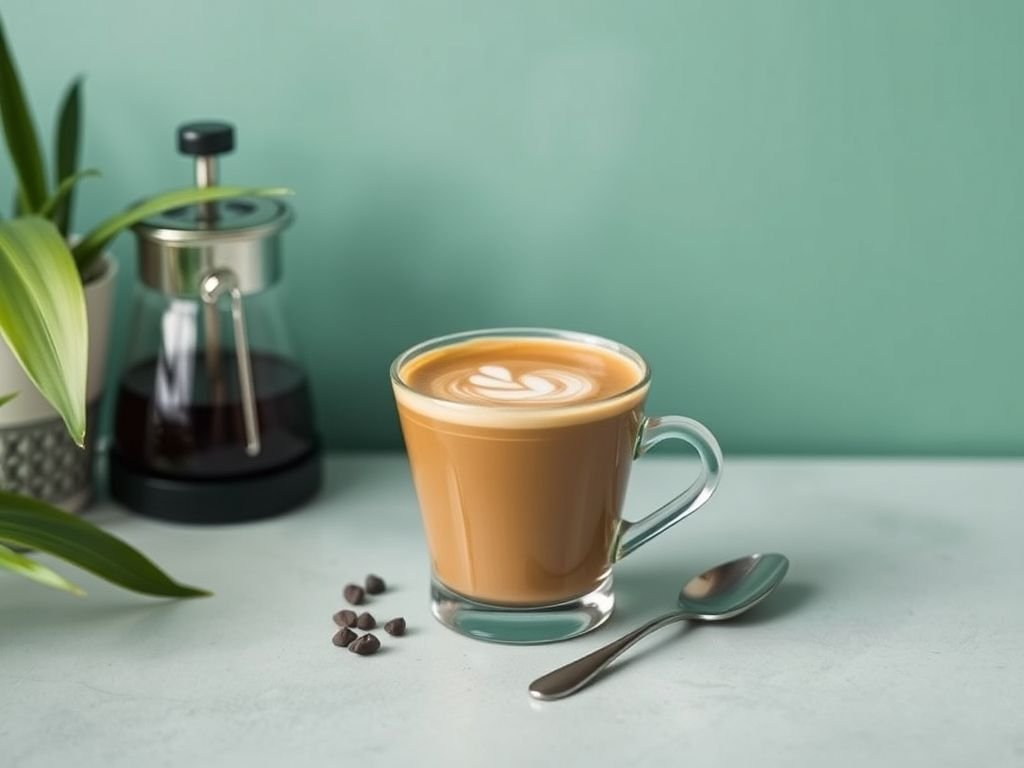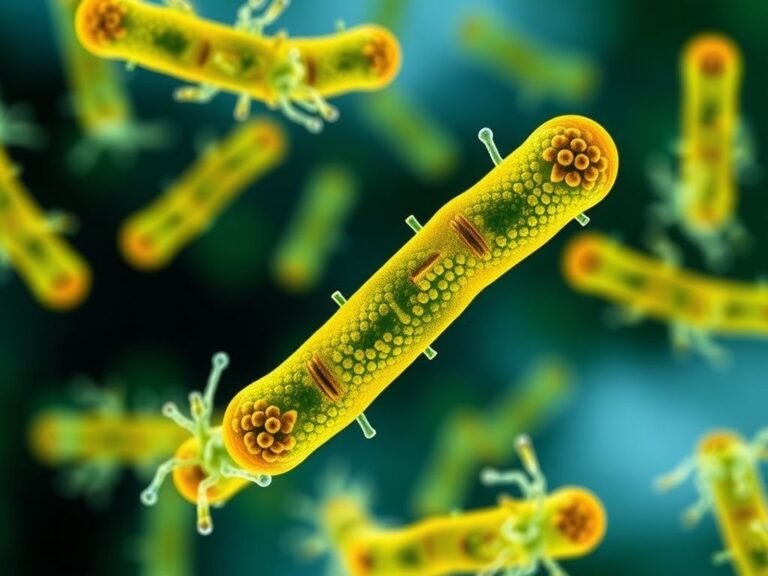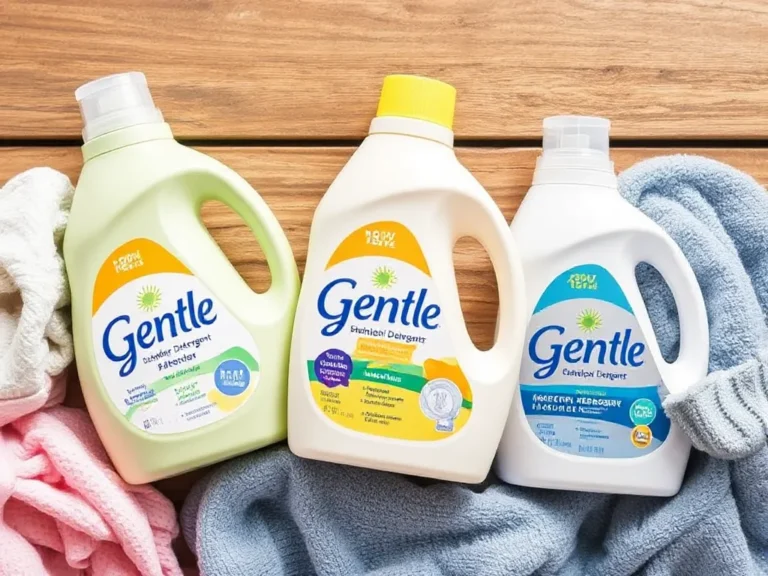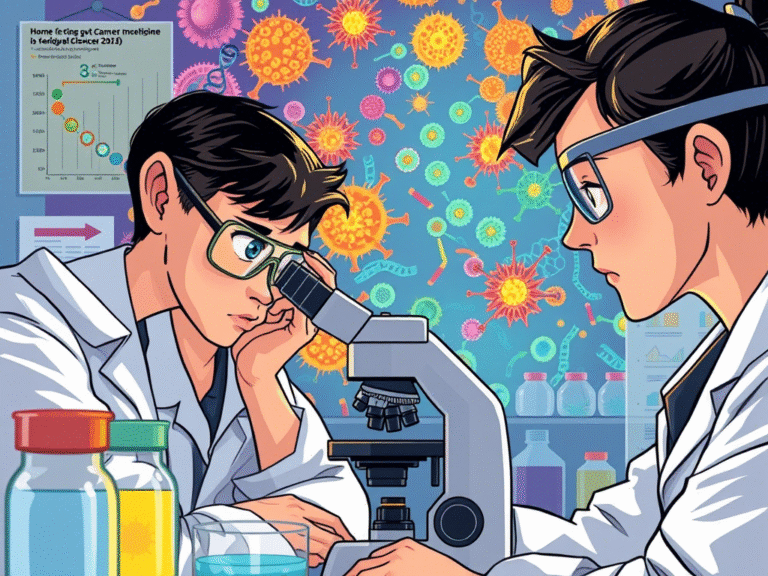
Your Guide to Buying Coffee That Tastes as Good as Your Local Café
There’s a special kind of comfort in that first cup of coffee in the morning — hot, bold, slightly bitter, and somehow both calming and energizing all at once. In the U.S., millions start their day this way. According to the National Coffee Association, we drink around 516 million cups daily. But lately, what used to be a simple ritual has gotten more complex — and a lot pricier.
From confusing café menus to bags of beans costing $20 or more, finding great coffee at home can feel overwhelming. To help you make smarter choices without breaking the bank, we’ve gathered expert tips on how to pick the right beans, understand roast levels, and brew a cup that truly satisfies.
A Daily Habit That Might Help You Live Longer
Before diving into the how-tos, here’s some good news: drinking coffee regularly could be one of the healthier things you do every day.
Coffee is rich in antioxidants, especially chlorogenic acids, which may help reduce inflammation and support healthy blood sugar levels, says Dr. Marilyn Cornelis, a coffee researcher and associate professor at Northwestern University Feinberg School of Medicine. Studies have linked regular coffee consumption to a lower risk of heart disease, type 2 diabetes, liver conditions, and even certain cancers.
But how you drink it matters. Research from Tufts University found that people who drank one to three cups a day, with little or no sugar and just a splash of milk or cream, had a 14% lower risk of death over a decade compared to non-coffee drinkers. However, adding more than half a teaspoon of sugar or a generous pour of cream per cup seemed to cancel out those benefits.
Caffeine often gets a bad rap for causing jitters or sleep issues — and yes, too much can do that. But in moderation, it can boost focus, lift mood, and fight fatigue. The FDA considers 400 mg of caffeine per day safe for most adults. That’s roughly two to three 12-ounce cups of drip coffee, though Starbucks servings can pack nearly double the caffeine. If you’re sensitive, stick to morning hours and watch your total intake.
What to Look for When Buying Coffee
You wouldn’t judge a book by its cover — but when it comes to coffee, the bag tells a story. Here’s how to choose beans that deliver flavor, freshness, and value.
Know the Bean: Arabica vs. Robusta
There are two main types: Arabica and Robusta. Arabica beans are smoother, slightly sweet, and more aromatic — the kind most people enjoy in drip coffee. They’re also more delicate to grow, which often means a higher price.
Robusta, on the other hand, is stronger, more bitter, and packed with more caffeine. It’s commonly found in instant coffee or used in espresso blends for extra kick and crema.
For home brewing, Arabica is usually the better choice unless you’re after a bold, intense shot.
Single-Origin vs. Blends
Coffee can come from one place — known as single-origin — or be a mix of beans from different regions.
Single-origin beans reflect the unique climate, soil, and altitude of their growing region. Ethiopian coffee often has floral, tea-like notes. Kenyan beans tend to be bright and tangy. Brazilian is nutty and chocolatey. Colombian is fruity and balanced, while Costa Rican often has a crisp, citrusy zing.
But because of natural variations, the same beans from the same farm can taste different from one harvest to the next.
Blends, meanwhile, are crafted to deliver a consistent flavor profile — think chocolatey, smooth, or balanced. They’re great if you want the same great taste every time you brew.
Whole Bean or Pre-Ground?
Pre-ground coffee is convenient and gives a consistent result, but whole beans win in flavor. Once coffee is ground, it starts losing aroma and complexity due to exposure to air. For the freshest taste — especially in espresso — grind your beans just before brewing.
Understanding Roast Levels
Roast level affects flavor more than caffeine content (light roasts actually have slightly more caffeine).
- Light roast: Bright, crisp, with citrus or floral notes. Lighter body, higher acidity.
- Medium roast: Balanced and versatile. Can range from fruity to nutty, depending on the bean.
- Dark roast: Bold, rich, and full-bodied. Think dark chocolate, smokiness, or toasted nuts. French and Italian roasts are just darker versions of this style.
Keep in mind: roast labels aren’t standardized. A “light” roast from one brand might taste darker than a “medium” from another. Experiment to find what suits your taste.
Read the Bag — But Skip the Hype
Look for roast dates, not just “best by” labels. Coffee tastes best within 2–4 weeks of roasting. If the package has a one-way valve, give it a gentle squeeze — you should smell a rich, fresh aroma. Avoid bags that smell stale, musty, or oily.
Also, pay attention to flavor descriptions: words like chocolatey, nutty, berry, or citrus can guide your choice. But ignore marketing terms like “morning blend,” “private reserve,” or “winter warmer” — they don’t mean much.
Store It Right to Keep It Fresh
Buying in bulk saves money, but large bags can go stale before you finish them. The solution? Divide and freeze.
Split a large bag into weekly portions. Keep one in an airtight container at room temperature. Seal the rest in zip-top bags and freeze them individually. According to coffee expert Scott Rao, frozen coffee can stay fresh for 3–4 months. Just thaw one pack at a time and move it to your airtight container.
Avoid the fridge — humidity and odors can ruin the beans.
What’s on the Café Menu? Decoded
If you’ve ever stared at a coffee shop menu feeling lost, you’re not alone. Here’s a simple guide:
- Espresso: Concentrated coffee made by forcing hot water through finely ground beans. It’s strong, bold, and topped with a golden crema.
- Ristretto: A shorter shot of espresso, using less water. It’s more concentrated but less bitter.
- Macchiato: An espresso “stained” with a small amount of steamed milk foam — just enough to soften the edge.
- Cappuccino: Equal parts espresso, steamed milk, and foam. Traditionally a morning drink in Italy.
- Latte: More milk, less foam. Creamy and smooth, often with latte art on top.
- Flat White: From Australia or New Zealand. Made with espresso and velvety steamed milk — little to no foam.
- Americano: Espresso diluted with hot water. A close match to drip coffee in strength.
- Cold Brew: Coffee steeped in cold water for 12+ hours. Smoother, less acidic, and naturally sweet. Nitro cold brew is infused with nitrogen for a creamy, beer-like texture.
Finding Your Perfect Cup
Great coffee at home doesn’t require expensive gear or a barista certification. It starts with choosing fresh, high-quality beans, understanding your taste preferences, and storing them properly. Whether you prefer a bright Ethiopian pour-over or a bold dark roast French press, the right coffee is out there — you just need to know what to look for.
And remember: the best coffee is the one you enjoy every sip of.





